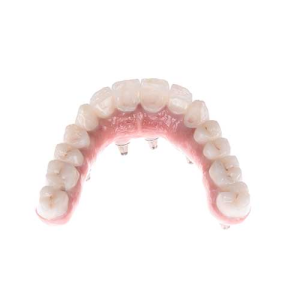
Hyperpigmentation is a common skin condition characterized by the darkening of certain areas of the skin due to an excess of melanin, the pigment responsible for skin color. It can be caused by various factors, including sun exposure, aging, hormonal changes, and skin injuries. Effective hyperpigmentation treatment Dubai involves understanding its underlying causes and the various options available.
Sunscreen and sun protection:
Prevention is a key aspect of managing hyperpigmentation. Protecting your skin from harmful UV rays by wearing sunscreen with a high SPF rating and avoiding excessive sun exposure can help prevent further hyperpigmentation and promote skin health.
Topical lightening agents:
Topical treatments with lightening agents are often the first line of defense against hyperpigmentation. These products contain active ingredients such as hydroquinone, retinoids, kojic acid, and vitamin C, which can help fade dark spots and even out skin tone. These treatments can be obtained over-the-counter or prescribed by a dermatologist.
Chemical peels:
Chemical peels involve the application of a chemical solution to the skin, which exfoliates the top layer and stimulates new skin cell growth. Superficial and medium-depth peels can help improve hyperpigmentation, although they may require multiple sessions for significant results.
Patience and consistency:
Improvement in hyperpigmentation takes time and requires consistent use of treatments and sun protection. Patients should understand that results may not be immediate and that it may take several weeks or months to achieve the desired outcome.
Chemical-based treatments:
Certain chemical treatments, like trichloroacetic acid (TCA) peels, are applied to the skin to remove damaged layers and promote new skin growth. These treatments can be effective for more stubborn forms of hyperpigmentation but may require downtime for recovery.
Microneedling:
Micro-needling, also known as collagen induction therapy, involves using a device with fine needles to create micro-injuries in the skin. This process stimulates collagen production and can help improve hyperpigmentation over time.
Understanding the basics of hyperpigmentation treatment involves recognizing the underlying causes of pigmentation issues and selecting appropriate therapies based on the specific condition and skin type. Consulting with a dermatologist is crucial in developing a tailored treatment plan that addresses your unique needs and concerns.







